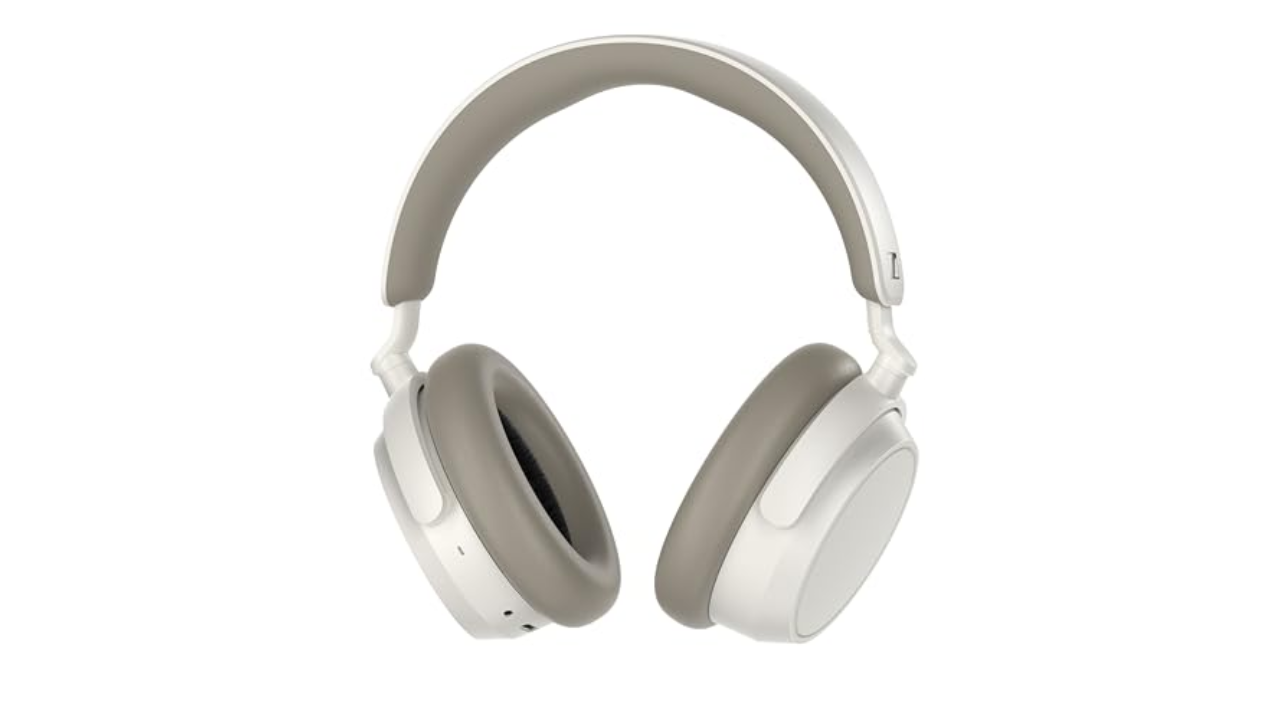Saxenda’s efficacy, safety, and cost for weight loss are examined. We also discuss alternative, less expensive, and safer choices that may help you similarly lose weight without breaking the budget.
Liraglutide is a weight loss medicine with the generic name Saxenda. Adults with a BMI of 27 or above and weight-related health concerns receive this injection subcutaneously.
Saxenda, often known as the “skinny pen” or the “miracle weight loss jab,” has gotten a lot of press.
Saxenda’s efficacy, safety, and cost for weight loss are examined. We also discuss alternative, less expensive, and safer choices that may help you similarly lose weight without breaking the budget.
Related: Airphysio Review: How Does AirPhysio Work?
What is Saxenda
Saxenda is an injectable form of liraglutide used for long-term weight control. Liraglutide, a glucagon-like peptide-1 (GLP-1) receptor agonist, is the active component in this product developed by Novo Nordisk.
Saxenda is administered subcutaneously once a day using a prefilled pen. Liraglutide reduces hunger and calorie intake by signals to the brain that the stomach is full. Additionally, it helps you feel fuller for longer after eating.
When added to a reduced-calorie diet and increased physical activity, the U.S. Food and Drug Administration (FDA) approved Saxenda in 2014 for the chronic management of obesity in adults with a body mass index (BMI) of 30 or higher or in adults with a BMI of 27 or increased and at least one weight-related comorbid condition.
Liraglutide is effective because it simulates the actions of the hormone GLP-1, which is secreted by the intestines after a meal and regulates hunger and food intake. Saxenda’s modified form of liraglutide is designed for subcutaneous administration once daily.
Saxenda, when used in conjunction with a healthy diet and regular exercise, resulted in an 8% reduction in body weight over 56 weeks in clinical studies. Saxenda works best with lifestyle changes like eating less and exercising more to promote long-term weight loss.
How To Use Saxenda
Below is a comprehensive guide to use Saxenda:
Saxenda is a prescription injectable medication used for long-term weight management in combination with a calorie-restricted diet and frequent exercise. Liraglutide, the active component in Saxenda, lowers hunger and enhances fullness.
To determine if you are a suitable candidate for Saxenda, your doctor will review your medical history and the medications you are now taking. Saxenda is approved for adults with a BMI of 30 or more or those with a BMI of 27 who have weight-related health concerns.
In a Saxenda prefilled 3ml pen, the usual dosage of liraglutide is 18mg. Each injection necessitates the attachment of a new needle to the enclosure. Saxenda injections can be administered subcutaneously in the stomach, thigh, or upper arm. Do not inject any place on your body if your skin is sensitive, fractured, or has scars or stretch marks.
The first dose of Saxenda is 0.6mg, gradually increasing over 5-7 weeks to the recommended maintenance level of 3mg. Do not increase the dosage more than once a week. Increases in dosage should be postponed for three days.
After the medicine has been appropriately prepared, the injection part should be cleansed with an alcohol swab and pinched up by rolling the pen between your palms. Place the needle at a 90-degree angle and push the dose button until you hear a click to inject the entire quantity. After injecting, gently push the hand out for at least 6 seconds before withdrawing it.
After the first use, a Saxenda pen can be stored at room temperature for up to 30 days. The enclosure should not be frozen or heated over 30° Celsius. Throw away the cell after a month, even if part of the medicine is still inside.
Please see your healthcare practitioner if you have any questions or concerns about your weight loss progress, side effects, or the appropriateness of your current dosage. Saxenda works best when accompanied by a low-calorie diet and frequent exercise.
Finally, Saxenda is a prescription weight-loss medication that reduces appetite, lowers calorie absorption, and increases satiety. The specified dose and administration regimen must be followed to take Saxenda safely and effectively for considerable weight loss.
Side Effects of Saxenda
Check out below the side effects of Saxenda:
Nausea and vomiting are common Saxenda side effects, especially at higher doses and after starting therapy. Vomiting is a less common but probable adverse effect. This usually improves when your body becomes accustomed to it.
Saxenda has been associated with diarrhea, including watery, frequent diarrhea. Drinking enough water can help to alleviate the discomfort of diarrhea.
Some Saxenda patients suffer upper stomach discomfort, ranging from dull aches to cramping to sharp pains. In most cases, this improves over time.
Saxenda can induce both diarrhea and constipation, so it’s critical to understand which effect you’re more likely to experience. Constipation can be alleviated by increasing fiber and water consumption.
Headaches were often reported throughout the early phases of Saxenda medication. They usually improve as your body adjusts to the medicine.
Lightheadedness/Fainting: Because Saxenda lowers blood sugar levels, you may experience dizziness, lightheadedness, or fainting. Checking your blood sugar levels regularly may help you avoid dangerously low levels.
Fatigue: Some users of Saxenda have reported increased sleepiness and lethargy. This improves over time in most situations, but watching for signs of low blood sugar is always important.
Because Saxenda is an injectable medication, some individuals suffer pain, irritation, redness, and swelling at the injection site. To reduce the possibility of adverse reactions, injection sites should be cycled.
Top 3 Saxenda Alternatives
Explore below the list and explanatary Top 3 Saxenda Alternatives
PhenQ
Hundreds of thousands worldwide have successfully lost weight with PhenQ, a dietary supplement that does not require a doctor’s prescription. It is considered a safer and less expensive alternative to popular weight-loss drugs such as Saxenda, Ozempic, and Wegovy.
For example, weight loss achieved with Saxenda is often lost and subsequently regained if the patient discontinues use. PhenQ and comparable products prevent this, and the weight loss is long-lasting (even after stopping usage).
It’s a potent natural substance that accomplishes everything from decreasing hunger to preventing the formation of new fat cells to aiding in weight loss. An extra component aids in the prevention of fatigue.
PhenQ has been on the market for about a decade, has earned considerable critical acclaim, and routinely ranks at the top of consumer slimming pill rankings.
The creators are so confident in their diet pill that they provide a 60-day money-back guarantee.
Capsiplex
Capsiplex is a weight-loss pill that raises metabolic rate and decreases fat accumulation.
Studies found Capsicum enhances energy expenditure and fat oxidation, making it useful for both men and women to include in their diets.
Capsicum increases the production of brown adipose tissue, which reduces weight by turning extra calories into heat.
Capsiplex has been proven to be a safe and efficient weight loss supplement that can replace the requirement for injectable medicines when used as directed.
Capsicum ingredient in Capsiplex helps you feel full on fewer calories, contributing to considerable weight loss when paired with a healthy diet.
Zotrim
Zotrim is a weight loss medication that contains natural herbal extracts of Yerba Mate, Guarana, and Damiana.
The stimulants in Zotrim help the body burn more calories by raising energy and improving fat burning.
Zotrim can help people consume less calories by making them feel fuller for longer.
When used as directed, the natural supplement Zotrim may be a better alternative to prescription weight reduction medicines.
Zotrim is considered to aid weight loss in two ways: by increasing energy expenditure (through increased metabolic rate) and decreasing energy intake (by appetite suppression). When combined with a balanced diet and moderate exercise, the weight loss advantages of Zotrim can be enhanced.
Saxenda Dosage
Check here the dosage guidelines for Saxenda:
Titrating (gradually increasing) the dosage of Saxenda over 5-7 weeks might assist you in achieving the ideal maintenance dosage for weight loss.
The suggested beginning dosage is 0.6 mg of subcutaneous injections once daily for the first week.
The dosage should be raised by 0.6 mg per week, up to a maximum of 3.0 mg once a day.
Dosage increases should not occur more than once each week. Patients should wait at least three days before receiving a more significant dose.
The maximum safe daily dose is 3.0 mg. Amounts more than 3.0 mg show no further therapeutic benefit.
The weight loss drug can be used at any time of day, with or without meals. Patients should be told to inject simultaneously every day for the most significant outcomes.
All weight loss medications work best when used in conjunction with a well-balanced, low-calorie diet and frequent exercise.
Saxenda’s full advantages will not be apparent for at least three months after commencing medication. Most people’s weight loss success rates tend to level off after four to six months.
Users of Saxenda (liraglutide) should know where to find the drug, how long it may be stored at room temperature, and what to do if they fail to take a dose.
Patients should see their doctor before changing their Saxenda dosage or discontinuing the medication if they have met their weight-loss goals.
Finally, the beginning dose of Saxenda is 0.6 mg, with weekly increases of 0.6 mg up to the maintenance dose of 3.0 mg. Careful titration is required to lose the most weight while using Saxenda, as well as a nutritious diet and frequent exercise.
How much Weight Can You Lose in a Month with Saxenda?
Over a year, patients who used Saxenda to lose weight lost 8-10% of their starting body mass.
- Several patients lost 15% or more of their starting body weight during the clinical tests.
- Most patients lost between 4 and 11 pounds after one month of using Saxenda as advised.
- The first three to six months show the most significant weight loss, with succeeding months leading to a progressive decline in weight loss. However, program participants can expect to lose weight.
- Saxenda has the best outcomes when paired with a calorie-restricted diet of 500-750 fewer calories per day than is necessary to maintain weight.
- Increasing one’s level of physical activity, engaging in regular exercise, and enrolling in a weight loss support program can all help Saxenda work better and help one attain a healthy BMI.
- People who are already overweight and lower their calorie consumption are likelier to lose the most weight in the first month.
Final Thought
A doctor’s supervision and a prescription are necessary to take Saxenda for weight loss. Some people consider this weight loss medication’s high cost and hazardous side effects too risky, so they seek natural alternatives.
PhenQ, Capsiplex, and Zotrim are healthy diet pills that may be acquired without a doctor’s prescription and for far less money than Saxenda and comparable injectable prescription drugs.













